The Vietnamese press through each period of the nation has left its historical mark, starting with the role of disseminating culture, information, economy and fostering patriotism in every Vietnamese citizen to the revolutionary press, a sharp weapon on the revolutionary ideological front, contributing to the fight and victory in the great national liberation.
Pre-Revolutionary Journalism
The press before 1925 was a period of strong transformation into modern journalism under the influence of Western printing techniques and culture. The press during this period laid the foundation for the national language newspaper, arousing patriotism among the Vietnamese people, but was under the control of the colonial regime at that time.
Gia Dinh Newspaper - the first national language newspaper
Gia Dinh Newspaper was first published on April 15, 1865, founded and edited by Truong Vinh Ky. The newspaper was distributed mainly in the Southeast region. The first issue of Gia Dinh Newspaper was printed in Annamese, according to Latin script.
To produce a newspaper in Vietnamese, the French government in Cochinchina ordered the printing of national language fonts in France. This work took two years and was completed in January 1864.
The first person to manage, organize the printing and distribution of this newspaper was a Frenchman named Ernest Potteau. On September 16, 1869, Truong Vinh Ky (1837-1898) was assigned to manage Gia Dinh Newspaper and Huynh Tinh Cua (1834-1907) was the editor-in-chief.
Gia Dinh Newspaper has 4 pages, printed on 32x25 paper. The newspaper's name is printed in both Chinese and Vietnamese characters. The newspaper publishes official dispatches, decrees, official documents of the State (such as Official Gazette), domestic news, historical research articles, poems, fairy tales, etc. At first, the newspaper was published once a month, later it was published twice a month, and finally once a week on Tuesday.
The oldest issue of Gia Dinh Newspaper currently available in Vietnam is still kept at the Saigon National Library, dated June 1880, published in its 16th year. At the Library of the Oriental Language School (L'Escole Nationale des Langues Orientales Vivantes) in Paris, the oldest issue of Gia Dinh Newspaper is number 4, published on July 15, 1865.
Gia Dinh Newspaper No. 22, published on May 30, 1899
Nong Co Min Dam - the first economic newspaper
Nông cổ mín mật (Agricultural and Commercial Talk in a Cup of Tea) was the first economic newspaper licensed by Governor-General of Indochina Paul Doumer on February 14, 1901, with Paul Canavaggio, a plantation owner, businessman and member of the Council of Management of Cochinchina as editor-in-chief. Lương Khắc Ninh was editor-in-chief from 1901-1906 and Trần Chánh Chiếu from 1906-1908. This was the period when Nông cổ mín mật became a forum for economic reform and other fields, of intellectuals, landowners, and businessmen in Cochinchina. The result was the Minh Tân movement that took place from 1906-1908 in many economic, cultural, andeducational fields in Cochinchina.
In the very first issue, in the section of Ancient Commerce, the most important section of the newspaper, Luong Khac Ninh affirmed the goal of reforming the country's economy. During his tenure as editor-in-chief, he wrote hundreds of articles calling for economic reform. In the section of Ancient Commerce alone, he wrote about 120 articles. In addition, he also wrote the series of articles "Dai Thuong Hiep Bon Cach", "Lap Thuong Cuoc", "Hiep Bon Trieu Thuong", "Hiep Bon Tai Tho". All of his articles pointed out the limitations in the economic thinking of the Vietnamese people, analyzed the business models of the French and Chinese, and called on the Vietnamese people to change their business thinking.
According to Luong Khac Ninh, the bad habits of Vietnamese people in life and business are lack of solidarity, distrust, lack of trust, lack of cooperation in business. He wrote: "Our people are narrow-minded and share each other's feelings, and each person is willing to endure hardships, so the prosperity of our country cannot last, also because of narrow-mindedness and harshness, everyone wants to be alone"... From there, he called on and guided Vietnamese people to cooperate and invest in business to become rich and help the poor.
From issue 141 (May 10, 1904) to issue 146 (July 28, 1904), he also opened a section on Establishing a Business to guide the establishment of a company and call for capital contributions. In addition, Nong Co Min Dam also printed many articles instructing agricultural techniques on growing, processing and exporting silk, purple papaya, coconut, watermelon; growing grass to raise livestock... In the history of Vietnamese journalism, Nong Co Min Dam was the first newspaper to popularize science and technology in such a specific and practical way.
The reform movement in Nong Co Min Dam under the editorship of Luong Khac Ninh had a positive and widespread influence on the public, especially among Vietnamese intellectuals, landowners, and civil servants with nationalistic spirit. This reform ideology continued to develop when Tran Chanh Chieu replaced Luong Khac Ninh as editor-in-chief (October 9, 1906 - May 26, 1908).
Tran Chanh Chieu continued to encourage the Vietnamese to change their economic thinking, unite, and cooperate in production and business to compete with the Chinese. Especially after he went to Hong Kong to meet Phan Boi Chau (June-July 1907), he expressed that idea with a stronger and more determined spirit through a series of editorials calling for reform. Also during this time, while he was also the editor-in-chief of Luc Tinh Tan Van, Tran Chanh Chieu used this newspaper to join forces to call for the Minh Tan movement in Cochinchina.
Luc Tinh Tan Van - The first daily newspaper
On October 3, 1921, after purchasing the Luc Tinh Tan Van newspaper, the owner of the printing house Nguyen Van Cua merged the weekly Nam Trung Nhat Bao and Luc Tinh Tan Van into one and named it Luc Tinh Tan Van. This was the first daily newspaper of the Saigon press.
The Press Law for French colonies dated December 30, 1898 stipulated that "except for French, all newspapers in the national language, Chinese... must obtain permission from the Governor General of Indochina before being published."
Therefore, before October 3, 1921, all the national language newspapers in Saigon, except for Thong Loai Khoa Trinh, were owned by French people. Vietnamese who wanted to be allowed to publish had to have money, power, influence and a printing house! Who was Mr. Nguyen Van Cua that he was allowed to publish a national language newspaper?
According to Nguyen Lien Phong's writings in the collection "Dieu co ha kim thi tap" published in 1915, Nguyen Van Cua was the son of Mr. Nguyen Van Giao, an interpreter, and Mrs. To Thi Loan from Nam Chon. Mr. Cua was a printing and stationery businessman, with many brothers who collaborated with the French.
It can be said that the Luc Tinh Tan Van daily newspaper opened a new era for Saigon's national language press, an era of informative press, closely following social life and arousing and urging patriotism among the masses.
Luc Tinh Tan Van No. 228, 1912
Revolutionary journalism period
Thanh Nien Newspaper - the first revolutionary newspaper
Thanh Nien Newspaper was founded on June 21, 1925 in Guangzhou (China) by leader Nguyen Ai Quoc. It was the first revolutionary newspaper in Vietnam. This was the first newspaper to propagate Marxism-Leninism, enlighten the masses, encourage the struggle movement, contribute to the formation of communist organizations and the establishment of the Communist Party of Vietnam.
On June 21, 1925, Thanh Nien newspaper published its first issue. Uncle Ho was both the editor-in-chief and a reporter, writing many articles for the newspaper. Thanh Nien newspaper published 88 issues, making an important contribution to the dissemination of Marxism-Leninism to the Vietnamese revolution, preparing ideology and organization for the establishment of the Communist Party of Vietnam in 1930. In the photo: Thanh Nien newspaper in the early days of publication. (Photo: Document/VNA)
Thanh Nien newspaper was published secretly in Guangzhou. After printing, most of the issues were secretly sent back to Vietnam. The newspaper became a torch to light the way, arousing faith, ideals and fostering patriotism and revolutionary will in the hearts of Vietnamese youth: "Thanh Nien newspaper was founded by Uncle Ho and many articles were written by him. Every time we brought it back to the country, we passed it around to read until it was worn out, then copied it over and over again until we knew it by heart. At that time, although we had not met Uncle Ho, through his books and newspapers, we learned a lot from him. We learned about his revolutionary ideals and how to make a revolution. We learned about how to organize a group. We learned about his patriotism, love for the people, and hate for parasites and exploiters. The first lesson Uncle Ho taught us was the lesson of "the character of a revolutionary" (Hoang Quoc Viet, The Path Following Uncle Ho, Thanh Nien Publishing House, 1990).
Thanh Nien newspaper maintained its operation for about 5 years (1925-1930). The newspaper ended when the Vietnam Revolutionary Youth Association developed into many revolutionary organizations in the country, each organization had its own newspaper as its mouthpiece.
President Ho Chi Minh was an active reader of domestic and international newspapers. He trained himself to read newspapers regularly and seriously. He did not meet guests at the beginning of the working day, but at that time the first thing he did was to look through the newspapers. In the photo: During the resistance war against French colonialism in Viet Bac, President Ho Chi Minh spent time reading books and newspapers. (Photo: VNA)
Red Magazine - the first newspaper of the Communist Party of Vietnam
In 1929, four newspapers were born (Hammer and Sickle Newspaper, Labor Newspaper, Red Labor Magazine and Red Newspaper) as the mouthpieces of revolutionary organizations that were the predecessors of the Communist Party of Vietnam.
In photo: Hammer and Sickle Newspaper, Central organ of the Indochinese Communist Party, No. 4, published on November 15, 1929. (Photo: Document/VNA)
On August 5, 1930, the Party Central Committee published Red Magazine, the first magazine of the Party and the first newspaper in the Party's press system after the Communist Party of Vietnam was born.
Just 10 days later, Dau Tranh Newspaper was published, serving as the mouthpiece of the Central Committee of the Communist Party of Vietnam. In 1931, the Party published the Proletarian Flag Newspaper and the Communist Magazine.
The press during this period played an important role in launching the revolutionary movement against colonialism and feudalism, culminating in the Nghe Tinh Soviet movement of 1930-1931.
Le Travail - Northern democracy movement newspaper
Le Travail (Labor) published No. 1 on September 16, 1936, founded by comrades Vo Nguyen Giap and Nguyen The Ruc, was the agency that directed the democratic movement in North Vietnam, gathered communist soldiers, and encouraged the Indochina Congress movement.
In the life and career of General Vo Nguyen Giap, the time he worked in journalism during the Democratic movement (1936-1939) was quite special and exciting. In 1931, General Vo Nguyen Giap left his hometown of An Xa village, Loc Thuy commune, Le Thuy district, Quang Binh province, to Hanoi - the capital of the Indochina Federation at that time - to work for hire, teach privately, and participate in revolutionary activities.
After 5 years of not participating in journalism, from 1936 Vo Nguyen Giap picked up his pen to write again, starting with the newspaper Hon Tre (new volume) and then Le Travail (Labor).
According to the French Press Law, publishing a French newspaper does not require permission. Therefore, the communist group led by Nguyen The Ruc decided to publish Le Travail. The newspaper did not take the name of any organization, but only stated: "A political and economic weekly published on Wednesdays."
In photo: The Dien Bien Phu campaign command in 1954 discussed the battle plan under the direction of General and Commander-in-Chief Vo Nguyen Giap. (Photo: Trieu Dai/VNA)
People's Army Newspaper - the first issue at the Dien Bien Phu front
On October 20, 1950, in Khau Dieu village, Dinh Bien commune, Dinh Hoa district, Thai Nguyen province, in the middle of the Viet Bac resistance zone, the People's Army Newspaper published its first issue. The People's Army Newspaper was honored to be named by President Ho Chi Minh and given instructions to publish in the first issue: "Speak of things that are truly practical, in line with political guidelines, less jokes, written in short, simple, easy to understand, presented clearly, and not carried over to other pages."
On December 28, 1953, the People's Army Newspaper at the Dien Bien Phu front published its first issue. During the time in Muong Phang valley, 33 issues were published, of which 15 were published before the opening day of the campaign (March 13) when our troops were preparing.
Due to the need to maintain military secrecy, the press’s activities at the Dien Bien Phu Front also experienced various ups and downs. However, the press’s activities still followed the development steps of the campaign such as: Liberating Lai Chau; Preparing for the attack; The attack on the Northern Sector (Him Lam, Doc Lap); The attack on the Central Sector; The general offensive, achieving total victory on the entire front.
The readers of the People's Army Newspaper at the front as well as the newspapers of the Division, Regiment... were mainly soldiers, laborers and youth volunteers. Therefore, what to write and how to write appropriately was always a concern for the team of journalists and writers at the Dien Bien Phu Front.
As a newspaper on the front line, its content reflects war news, but each issue still devotes a certain amount of space to reflecting activities in the rear, disseminating the Party and State's policies and guidelines, contributing to reassuring the soldiers, laborers, and youth volunteers on the front line.
A series of articles by General Vo Nguyen Giap and his comrades in the Party Committee and Campaign Command. This group of articles not only conveys messages of command, valuable strategic, campaign and tactical instructions, sharp political and military theoretical essays, but also sometimes contains words of encouragement, deep feelings between officers and soldiers; between teammates and comrades on the battlefield.../.
(Vietnam+)
Source: https://www.vietnamplus.vn/bao-chi-viet-nam-tu-to-bao-quoc-ngu-dau-tien-den-su-menh-cua-bao-chi-cach-mang-post1044910.vnp


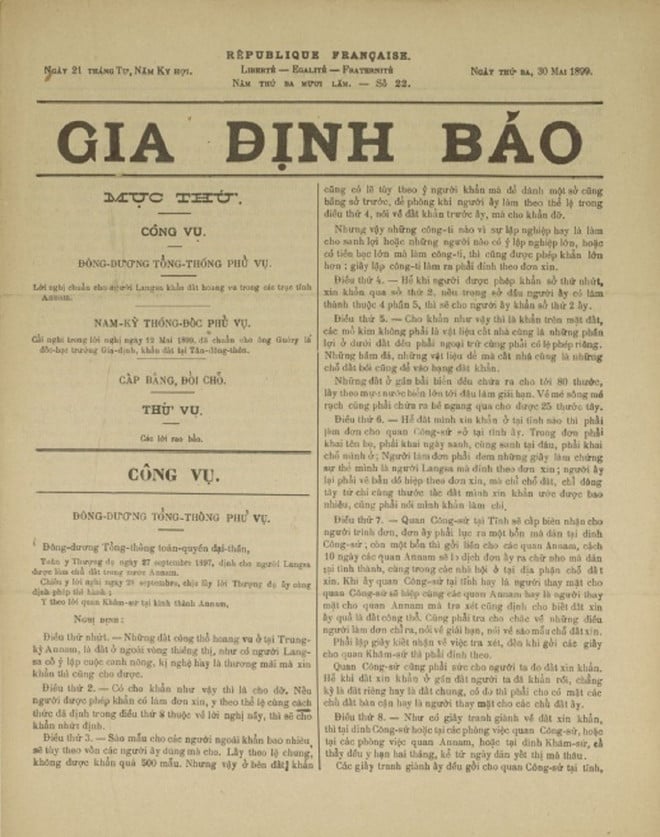
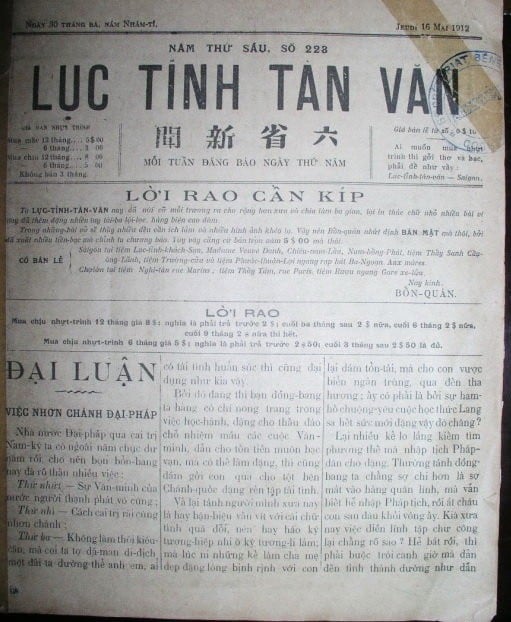
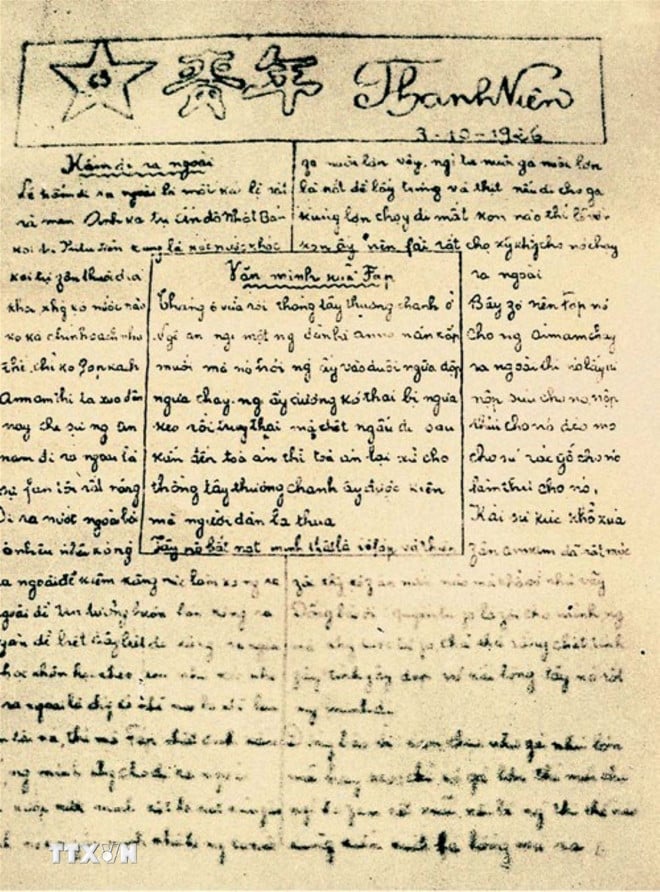

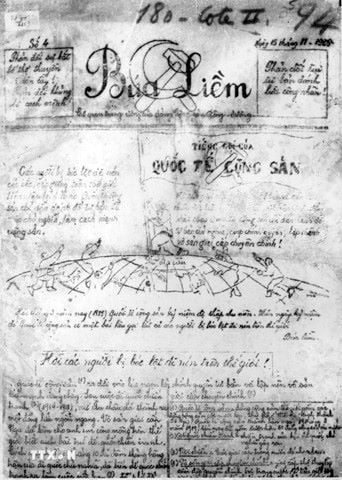
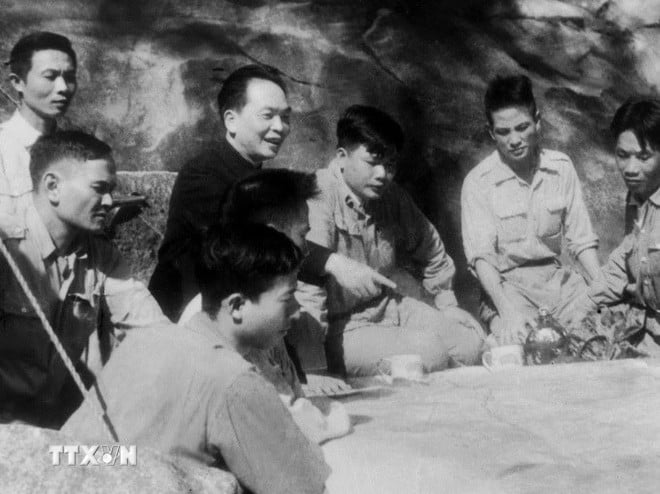
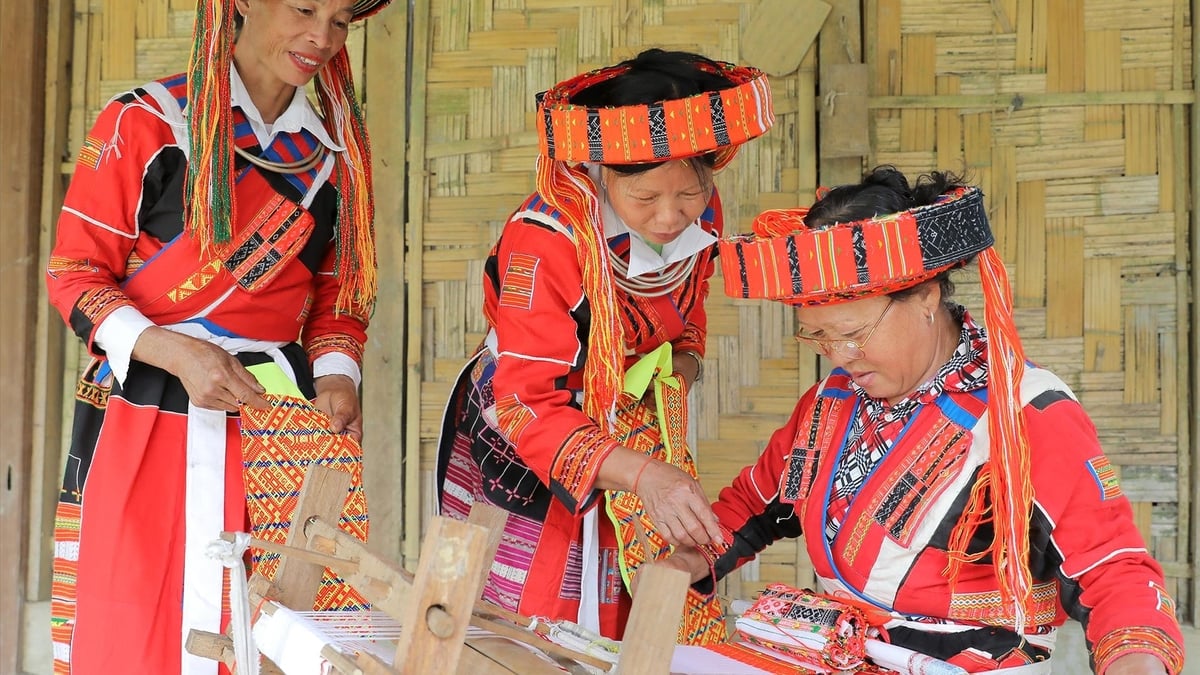

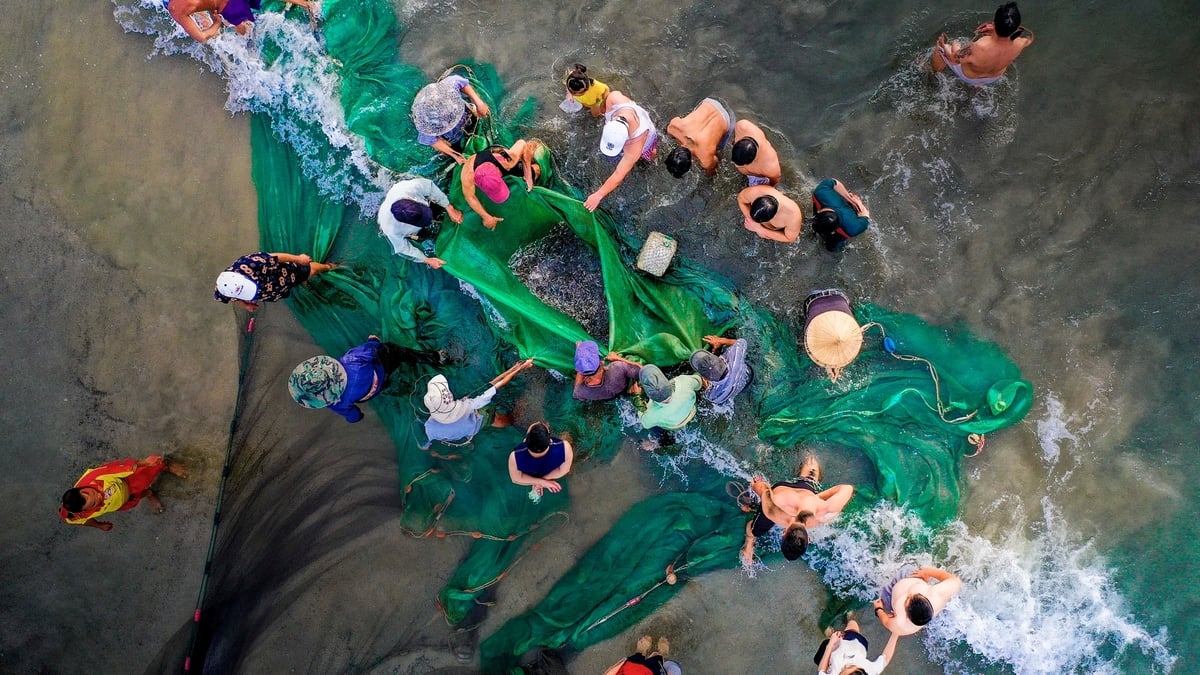

![[Photo] General Secretary To Lam works with the Standing Committee of Quang Binh and Quang Tri Provincial Party Committees](https://vphoto.vietnam.vn/thumb/1200x675/vietnam/resource/IMAGE/2025/6/25/6acdc70e139d44beaef4133fefbe2c7f)
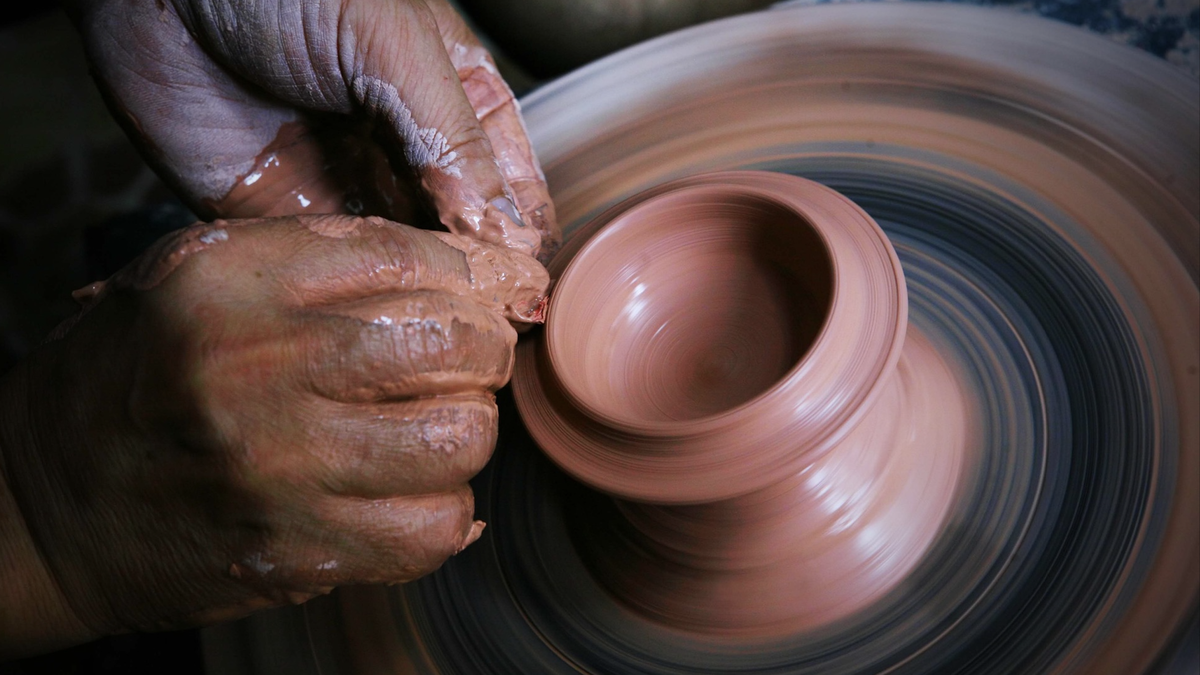





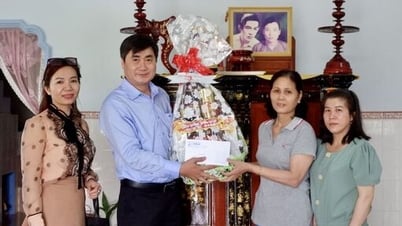

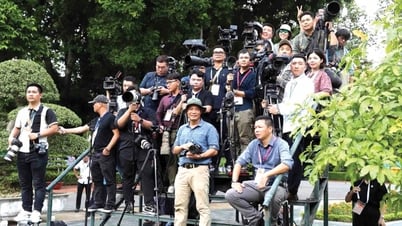


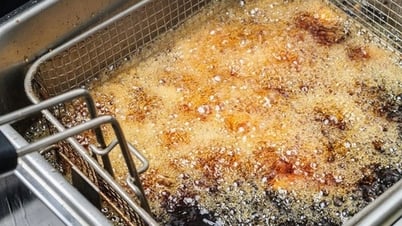

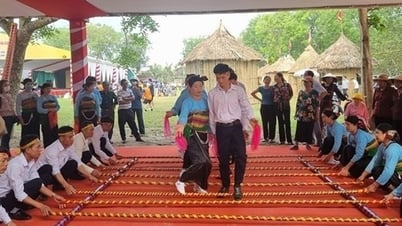



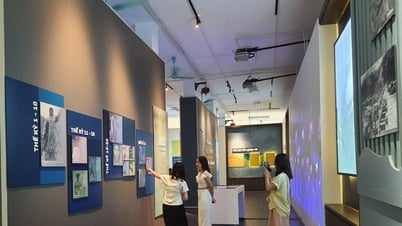
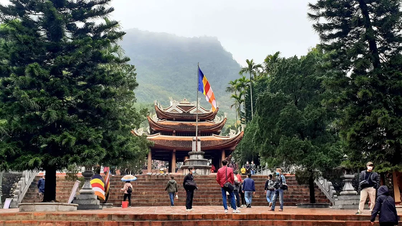







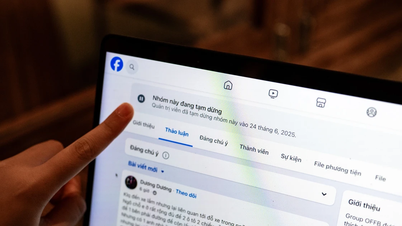




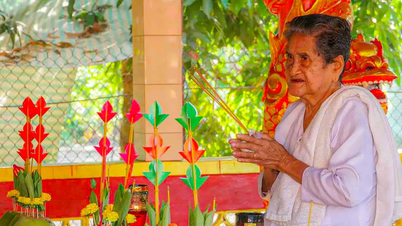



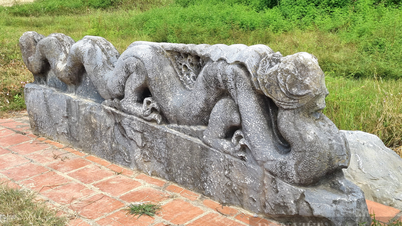
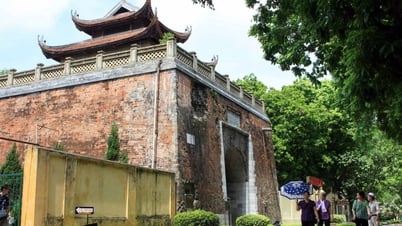
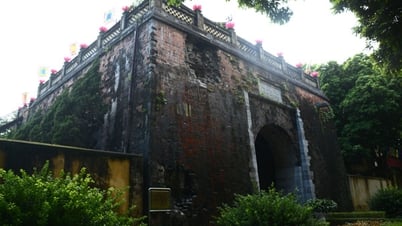



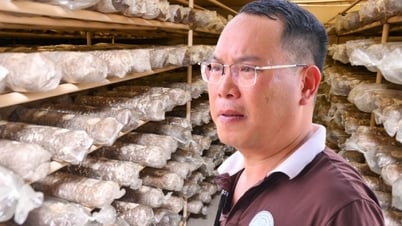



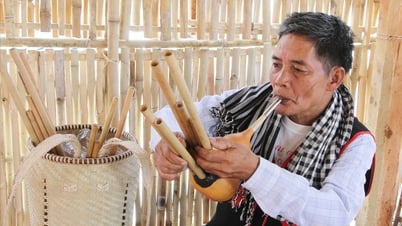






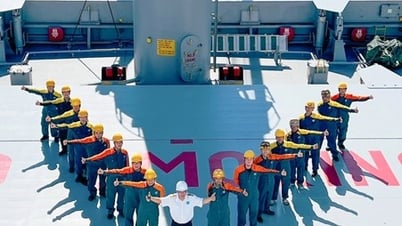



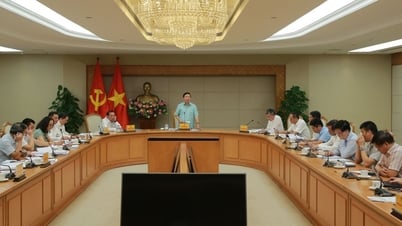
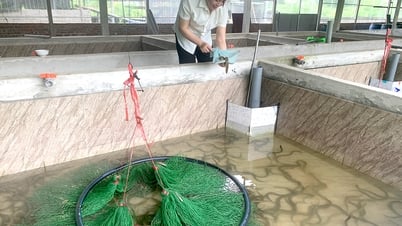

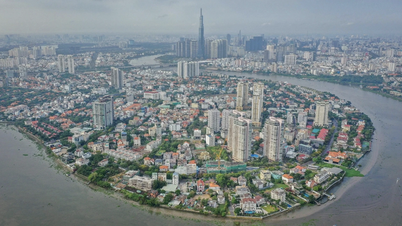







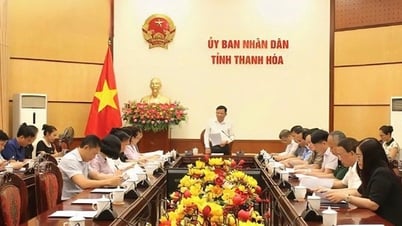

![[Infographic] Circular regulating the decentralization and division of authority of local authorities at two levels in the field of culture, sports and tourism](https://vphoto.vietnam.vn/thumb/402x226/vietnam/resource/IMAGE/2025/6/25/b35f975208474e129486cdc9841c240c)
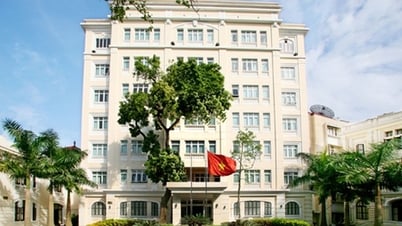
![[Infographic] Demarcation of authority of two-level local government in the fields of culture, sports and tourism](https://vphoto.vietnam.vn/thumb/402x226/vietnam/resource/IMAGE/2025/6/25/594a47cf796643efbd52c77da8b6fee6)


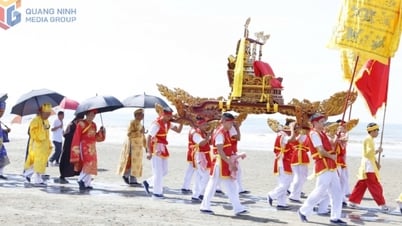



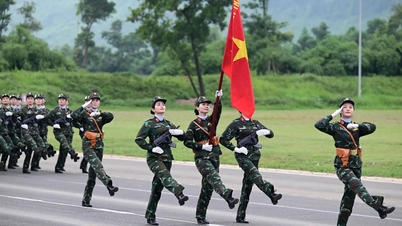


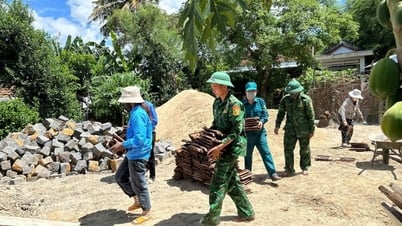


















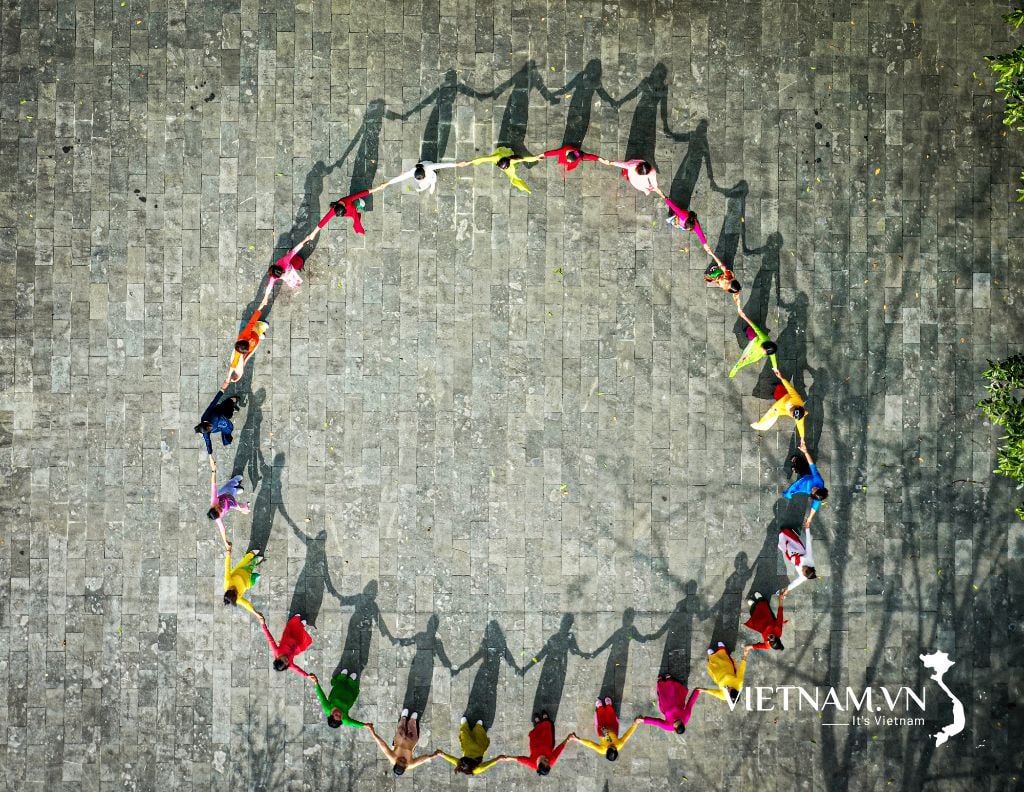
Comment (0)